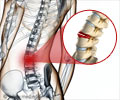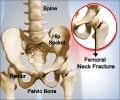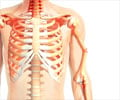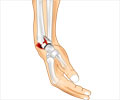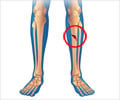New study results suggest low muscle mass is associated with an increased risk of hip fractures in older men, even after accounting for other factors.
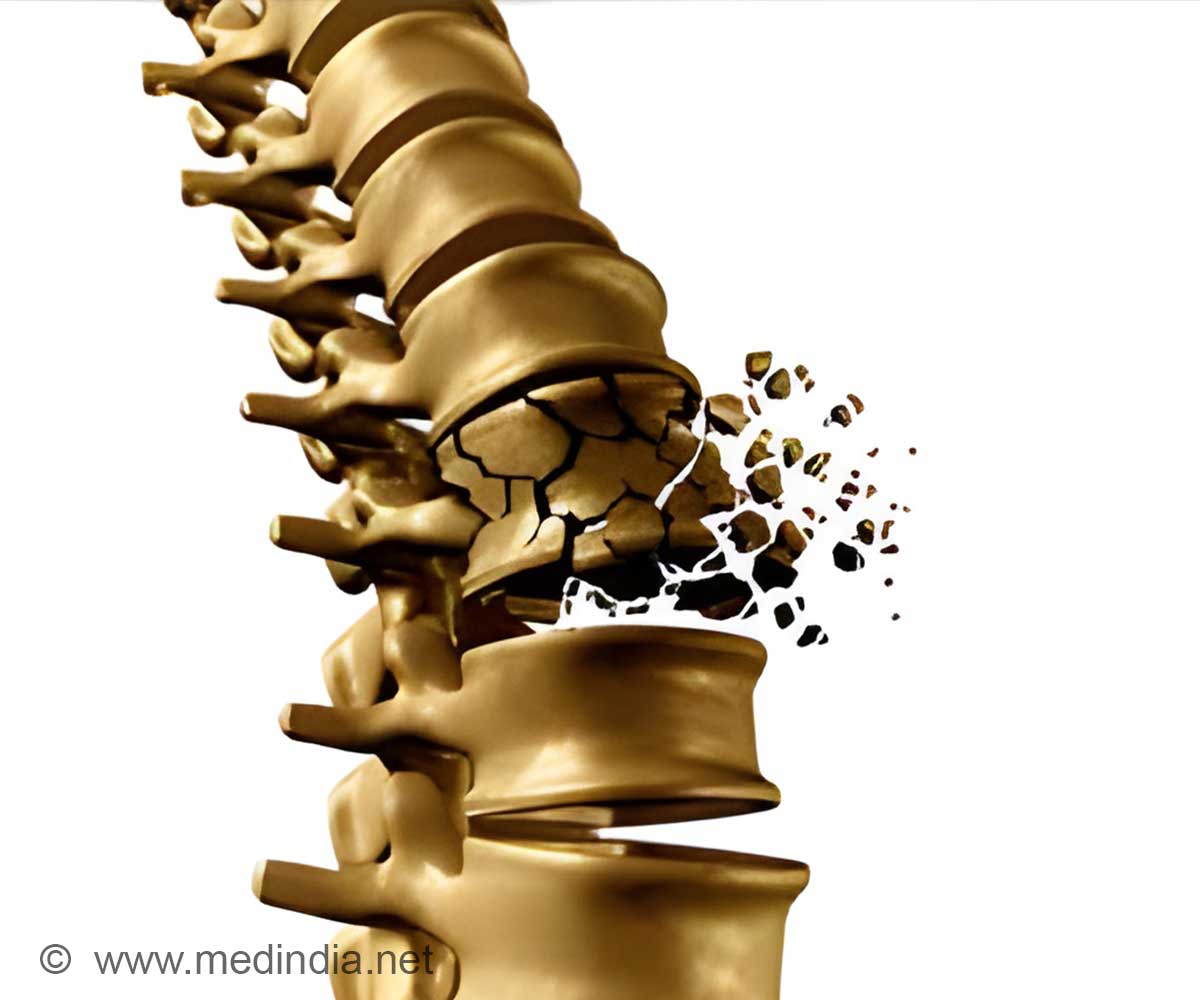
‘The relationship between D3CR muscle mass and fracture risk in older men might be mediated by poor physical performance.’





About 36 million falls are reported among older adults each year, resulting in more than 32,000 deaths. One out of every five falls causes an injury, such as broken bones or a head injury. Each year at least 300,000 older people are hospitalized for hip fractures.Previous studies have shown that low DXA lean mass, a commonly used but inaccurate approximation of muscle is unrelated to a higher risk of fracture. This has led some researchers to erroneously conclude that muscle is relatively unimportant for fracture risk.
Dr. Cawthon and colleagues at leading academic medical centers across the U.S. prospectively studied 1,363 men (mean age, 84.2 years). The risk of fracture by quartile of D3Cr muscle mass was determined, and the study authors also investigated the mediating influence of physical performance (walking speed, chair stands, and grip strength) on the relationship between muscle mass and fracture.
Results showed D3Cr muscle mass weakly correlated with femoral BMD (r=0.10, p<.001). However, D3Cr muscle mass correlated strongly with fractures, especially hip fracture.
Compared with men in the highest quartile, those in the lowest quartile of D3Cr muscle mass/weight were about twice as likely to have a clinical fracture, any non-spine fracture, and were about six times more likely to have a hip fracture after approximately four years of follow-up.
Advertisement
“The clear association between muscle mass and hip fracture was striking. For example, men in the lowest quartile of muscle mass were almost six times more likely to have a fracture than men highest quartile,” says Steve Cummings, M.D., director of the SFCC and a principal investigator of MrOS at Sutter’s California Pacific Medical Center.
Advertisement
The limitation of the study is its sole cohort was male, as the measure of muscle mass was added to an ongoing study about osteoporosis in men (MrOS). It is important to determine if these associations are also true in women.
If so, then it will be critical to test whether interventions that improve muscle mass also lower fracture risk and how the D3Cr dilution assessment of muscle mass may potentially be used in the clinic to measure health outcomes.
Source-Medindia

